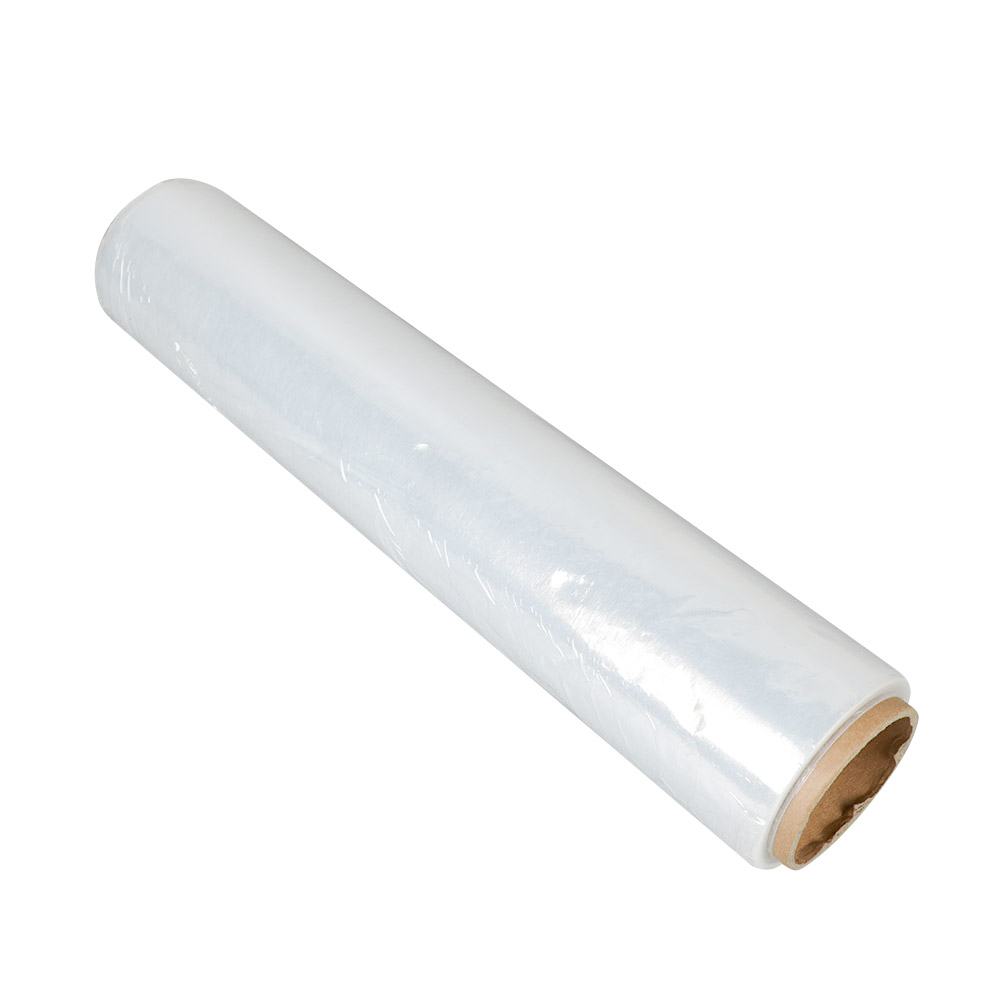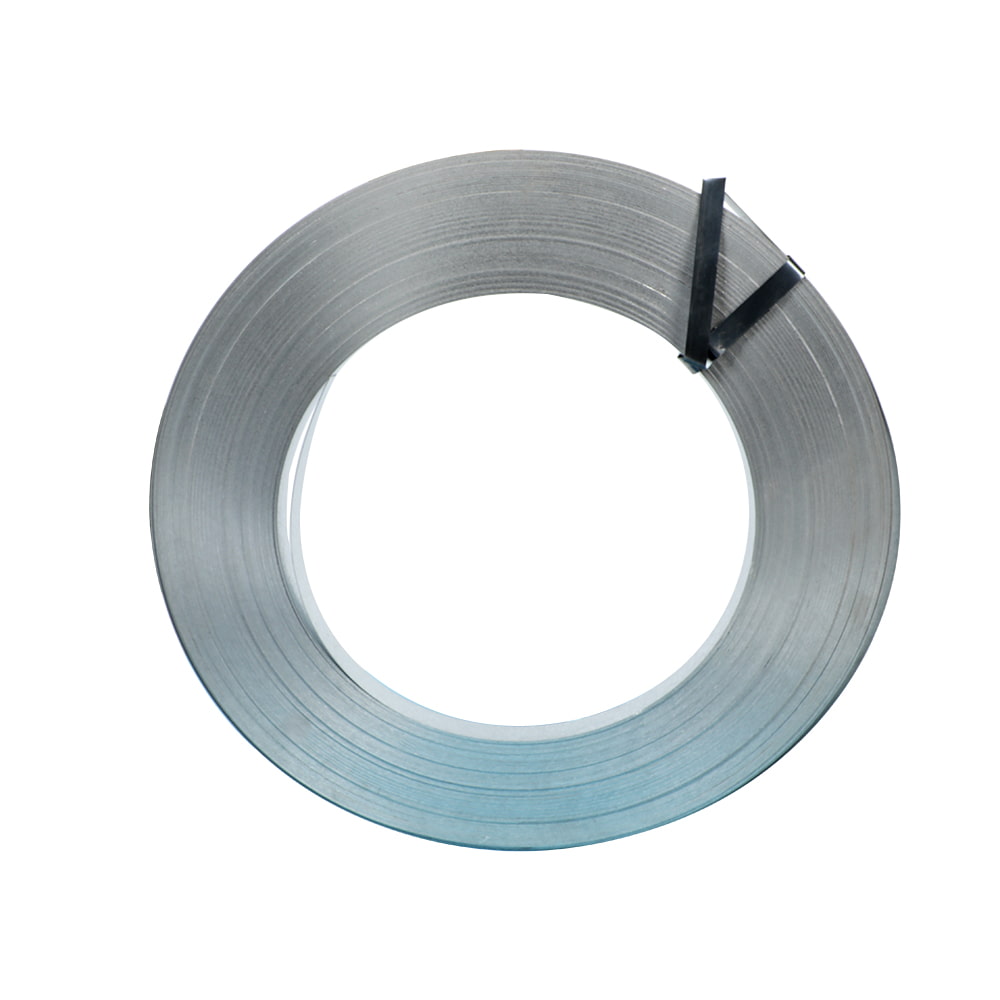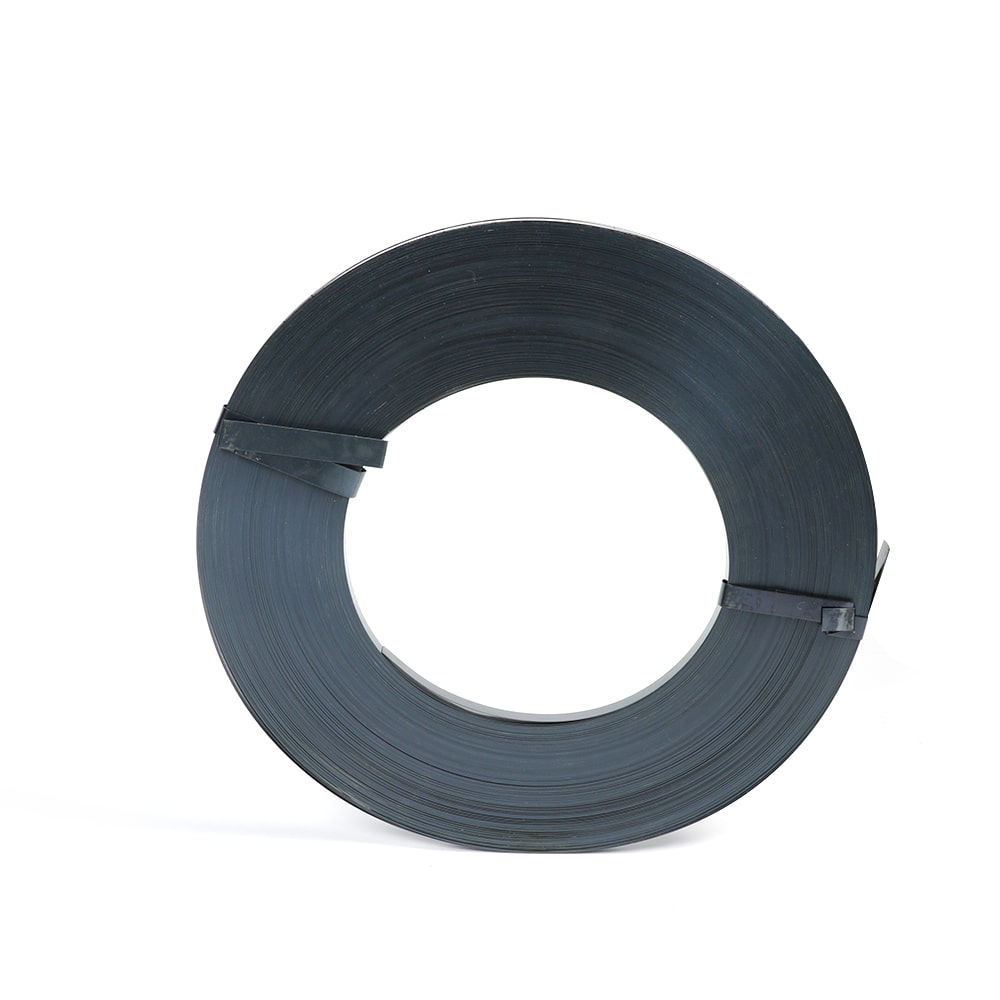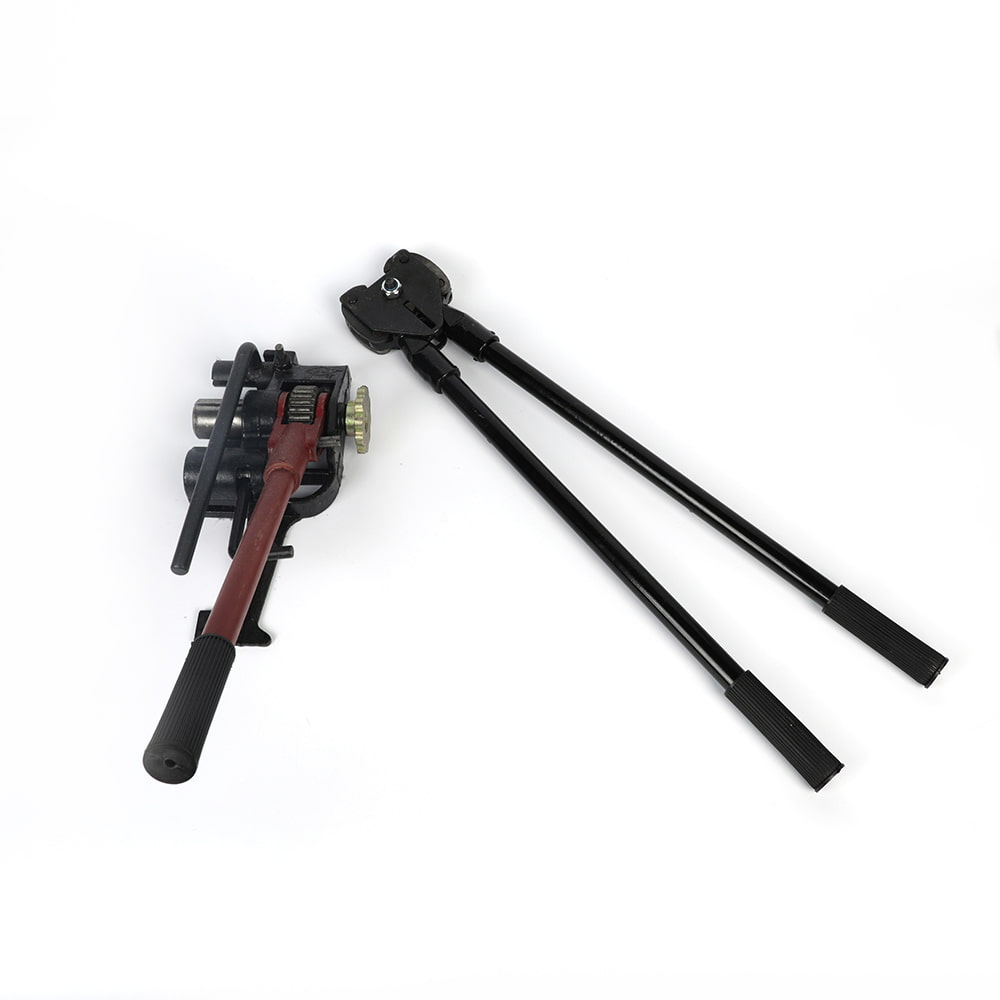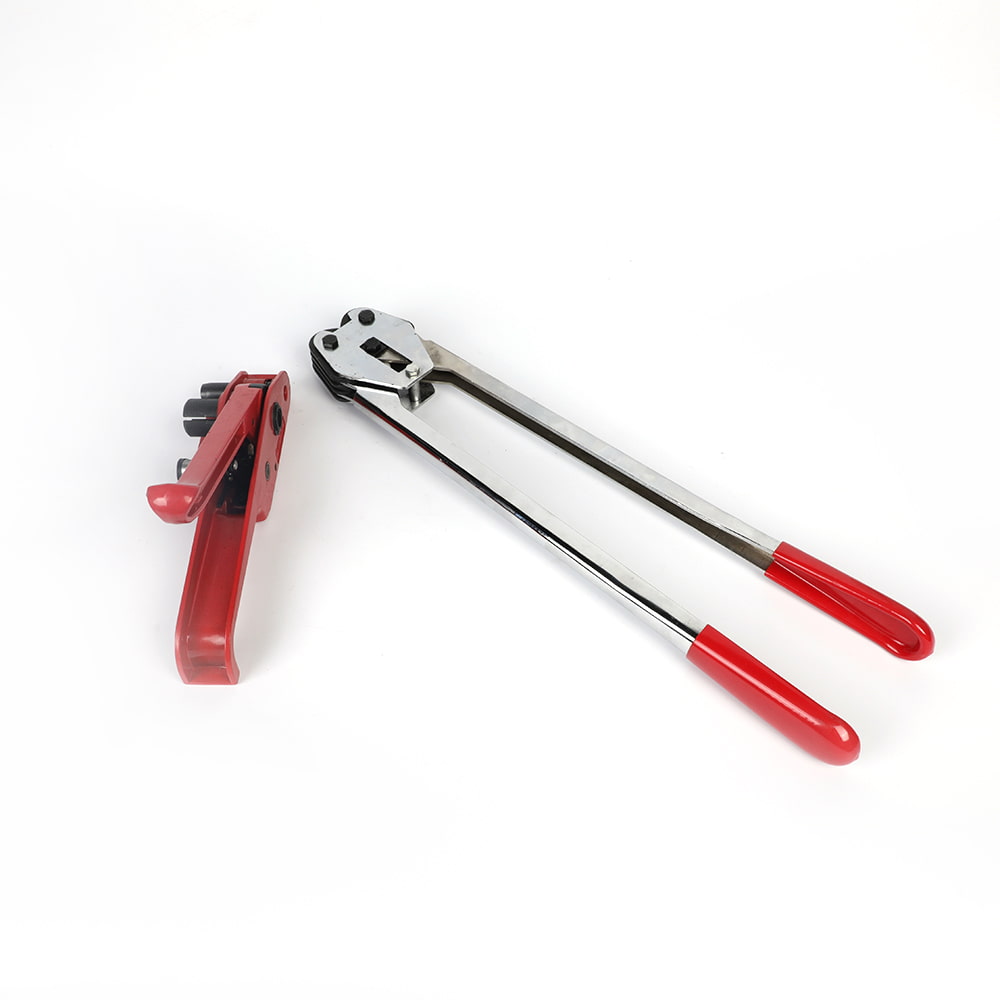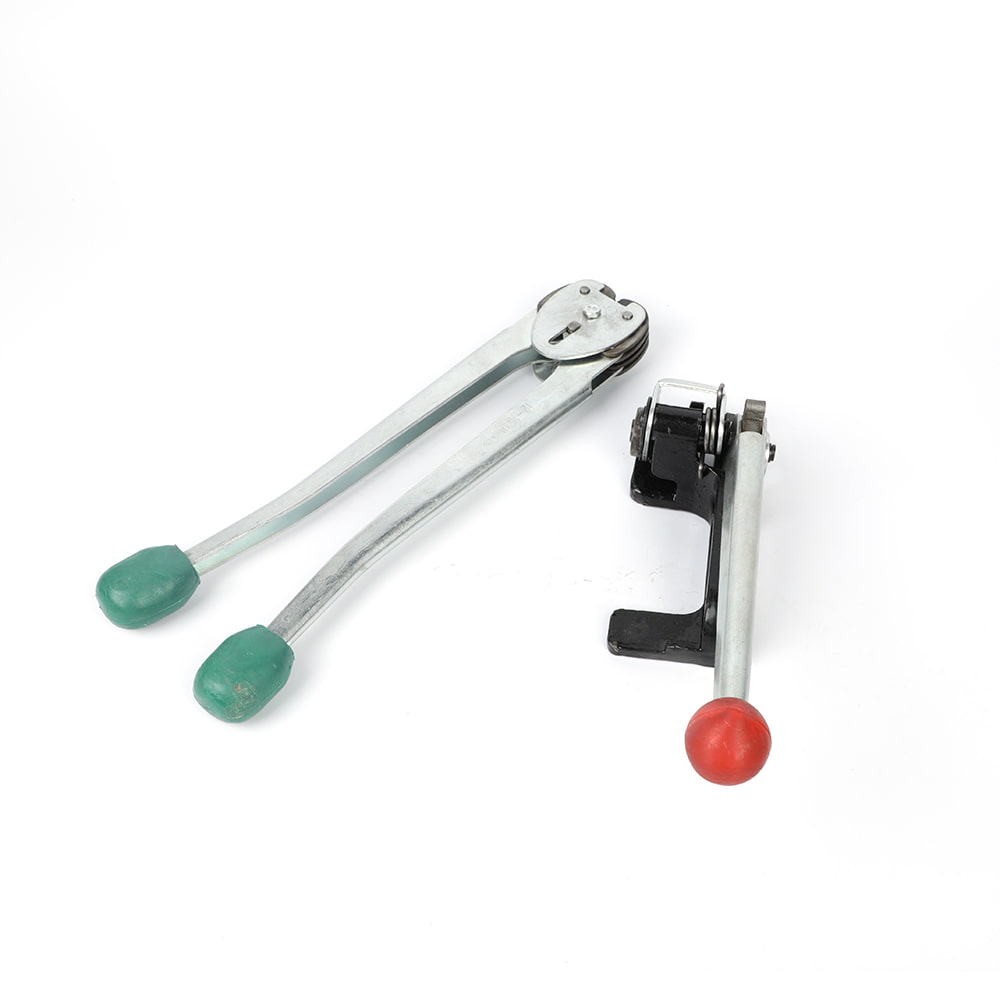What role does automation play in enhancing the performance of Steel Strapping Machines in modern industries?
Author:admin Date:2024-01-18
What role does automation play in enhancing the performance of Steel Strapping Machines in modern industries?
Automation plays a crucial role in enhancing the performance of steel strapping machines in modern industries. The integration of automation technologies in steel strapping machines offers several benefits, improving efficiency, accuracy, and overall productivity in industrial packaging processes. Here are key roles that automation plays:
Increased Speed and Efficiency:
Automated Strapping: Automation allows steel strapping machines to perform strapping processes quickly and consistently. This leads to higher production speeds and increased efficiency in bundling and securing packages. Automated machines can handle strapping tasks at a faster pace than manual methods.
Consistent Tension and Sealing:
Precision Control: Automated steel strapping machines are equipped with precise tension control mechanisms, ensuring consistent and uniform strapping tension. This is critical for maintaining the integrity of strapped packages and preventing damage during transportation.
Reduced Labor Requirements:
Labor Savings: Automation reduces the need for manual intervention in strapping processes, leading to significant labor savings. Automated steel strapping machines can operate with minimal human involvement, allowing workers to focus on other tasks.
Enhanced Safety:
Reduced Manual Handling: Automated strapping systems contribute to a safer working environment by minimizing manual handling of heavy steel strapping materials. This reduces the risk of injuries associated with manual strapping, such as strains and repetitive stress injuries.
Integration with Conveyor Systems:
Seamless Integration: Automated steel strapping machines can be seamlessly integrated into conveyor systems, streamlining the overall packaging process. This integration ensures a smooth and continuous flow of strapped packages, optimizing the logistics and material handling chain.
Customization and Programmability:
Programmable Features: Automation allows for the customization and programming of strapping parameters. Users can set specific tension levels, strap placement, and strapping patterns based on the characteristics of the packaged goods. This flexibility caters to diverse packaging requirements.
Data Monitoring and Reporting:
Real-time Monitoring: Automated steel strapping machines often come with sensors and monitoring systems that provide real-time data on strapping performance. This data can be used for quality control, maintenance scheduling, and process optimization.
Remote Operation and Control:
Remote Access: Some automated strapping machines allow for remote operation and control. This feature enables supervisors or operators to monitor and control strapping processes from a distance, improving overall operational efficiency.
Quick Changeovers:
Efficient Changeover Processes: Automated systems facilitate quick changeovers between strapping tasks. This is particularly valuable in industries with diverse product lines or frequent shifts in packaging requirements.
Cost Savings and ROI:
Long-term Cost Efficiency: While the initial investment in automated steel strapping machines may be higher, the long-term cost efficiency, labor savings, and increased throughput contribute to a positive return on investment (ROI) over time.
In summary, automation enhances the performance of steel strapping machines by improving speed, precision, safety, and overall operational efficiency. The integration of automated strapping systems is a strategic move for modern industries seeking to optimize their packaging processes and remain competitive in the market.
Automation plays a crucial role in enhancing the performance of steel strapping machines in modern industries. The integration of automation technologies in steel strapping machines offers several benefits, improving efficiency, accuracy, and overall productivity in industrial packaging processes. Here are key roles that automation plays:
Increased Speed and Efficiency:
Automated Strapping: Automation allows steel strapping machines to perform strapping processes quickly and consistently. This leads to higher production speeds and increased efficiency in bundling and securing packages. Automated machines can handle strapping tasks at a faster pace than manual methods.
Consistent Tension and Sealing:
Precision Control: Automated steel strapping machines are equipped with precise tension control mechanisms, ensuring consistent and uniform strapping tension. This is critical for maintaining the integrity of strapped packages and preventing damage during transportation.
Reduced Labor Requirements:
Labor Savings: Automation reduces the need for manual intervention in strapping processes, leading to significant labor savings. Automated steel strapping machines can operate with minimal human involvement, allowing workers to focus on other tasks.
Enhanced Safety:
Reduced Manual Handling: Automated strapping systems contribute to a safer working environment by minimizing manual handling of heavy steel strapping materials. This reduces the risk of injuries associated with manual strapping, such as strains and repetitive stress injuries.
Integration with Conveyor Systems:
Seamless Integration: Automated steel strapping machines can be seamlessly integrated into conveyor systems, streamlining the overall packaging process. This integration ensures a smooth and continuous flow of strapped packages, optimizing the logistics and material handling chain.
Customization and Programmability:
Programmable Features: Automation allows for the customization and programming of strapping parameters. Users can set specific tension levels, strap placement, and strapping patterns based on the characteristics of the packaged goods. This flexibility caters to diverse packaging requirements.
Data Monitoring and Reporting:
Real-time Monitoring: Automated steel strapping machines often come with sensors and monitoring systems that provide real-time data on strapping performance. This data can be used for quality control, maintenance scheduling, and process optimization.
Remote Operation and Control:
Remote Access: Some automated strapping machines allow for remote operation and control. This feature enables supervisors or operators to monitor and control strapping processes from a distance, improving overall operational efficiency.
Quick Changeovers:
Efficient Changeover Processes: Automated systems facilitate quick changeovers between strapping tasks. This is particularly valuable in industries with diverse product lines or frequent shifts in packaging requirements.
Cost Savings and ROI:
Long-term Cost Efficiency: While the initial investment in automated steel strapping machines may be higher, the long-term cost efficiency, labor savings, and increased throughput contribute to a positive return on investment (ROI) over time.
In summary, automation enhances the performance of steel strapping machines by improving speed, precision, safety, and overall operational efficiency. The integration of automated strapping systems is a strategic move for modern industries seeking to optimize their packaging processes and remain competitive in the market.

 EN
EN 
 English
English 中文简体
中文简体

